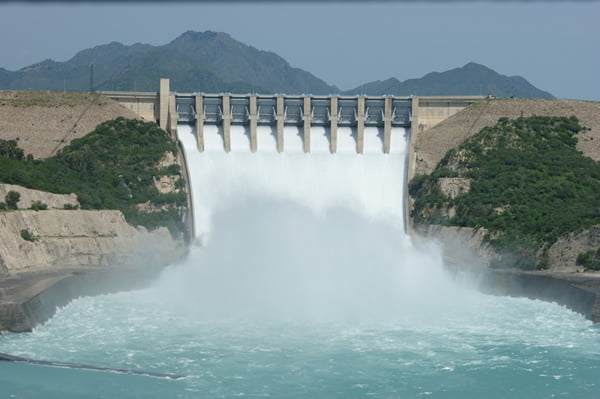Tarbela Dam, a cornerstone of Pakistan’s water and hydropower infrastructure, celebrates its 50th anniversary in 2024.
Once the world’s largest earth and rock-fill dam, Tarbela has been crucial for providing reliable water to millions of acres of farmland, flood control, and producing clean, affordable hydroelectric power.
Located 64 kilometers northwest of Islamabad across the River Indus, the dam stands as a remarkable feat of engineering.
Completed by WAPDA in the third quarter of 1974, it has become a symbol of national pride, contributing significantly to agriculture, the economy, and energy production.
The dam features a 9,000-foot-long and 470-foot-high embankment with two spillways that together can discharge 1.5 million cusecs of water.
In its fifty years of operation, Tarbela has released 406 million acre-feet (MAF) of water for irrigation and delivered 590,361 million units of low-cost, environmentally friendly electricity to the national grid.
The reservoir’s original live storage capacity of 9.68 MAF has reduced to 5.77 MAF due to sedimentation over time.
The powerhouse, with 17 units, has an installed capacity of 4,888 MW and accounts for 51.6% of WAPDA’s total hydropower output.


